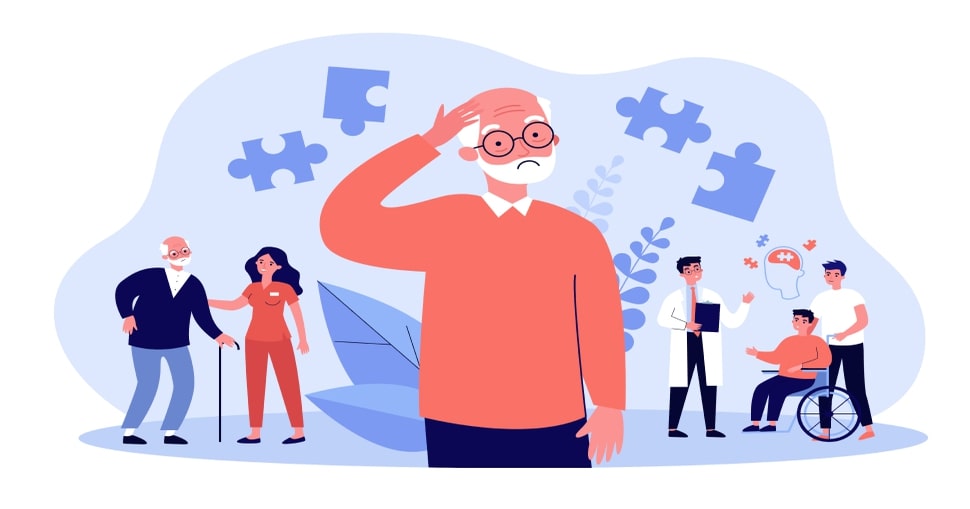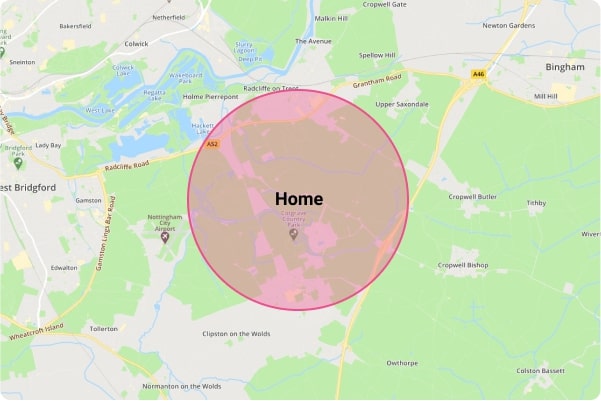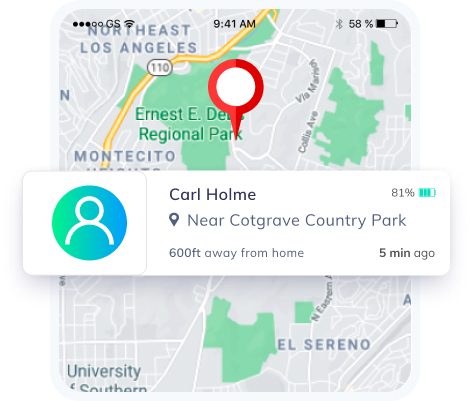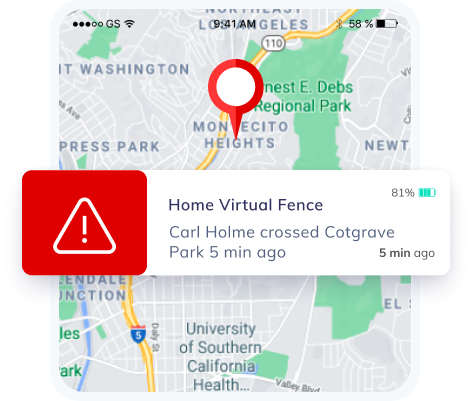GPS tracking software for people suffering from Alzheimer’s disease

According to the World Health Organization (WHO), 50 million people across the globe suffer from Alzheimer also known as dementia, with an average of 10 million fresh cases reported each year. These numbers could never justify the feelings of anxiety and frustration that those ailing from dementia go through. What makes dementia such a frightening disease? Dementia causes severe cognitive impairment, resulting in the loss of a range of cognitive functions like remembering, recollection (memory), speech, and the ability to process or sometimes even understand information. WHO predicts that by 2025, dementia will afflict 130 million people—globally. Dementia is a degenerative condition that causes the loss of brain cells, which unfortunately has no cure as of today. While medication and therapy may help manage symptoms, they do not serve as permanent remedies.
One particular type of dementia that can be aided with GPS tracking tools is Alzheimer’s disease. Wandering, a prominent symptom of Alzheimer’s disease is the act of indeterminate lapping (strolling around the same area, repeatedly) and pacing. People who suffer from dementia feel disoriented—even in familiar places. They tend to forget how they arrived at a certain place, and most importantly, how did they get there. Patients who wander are at a high risk of getting into accidents like a fall, bone fractures, or even a car accident. Alzheimer’s Society reports that 6 in 10 people with Alzheimer’s will wander at least once during their lifetime.
The role of GPS tracking
While humanity awaits a cure, GPS tracking solutions can put a stop to the injuries caused by wandering. People with Alzheimer’s can be equipped with lightweight, discreet, and even wearable trackers. These trackers get linked with supplementary software solutions, which helps family members and caregivers track and retrieve a patient. Features like real-time alerts, geo-fencing, and live-tracking can be really advantageous.

Creating Geo-fences:
It perimeters of residential areas and you’ll get notified whenever a patient exits these boundaries. These alerts are useful in bringing the person back to safety. You can also geo-fence areas of interest like coffee shops, restaurants, or libraries and get notifications when a patient reaches any of these locations. Moreover, you can customize how you would like to receive alerts—via call, text, or email. You can also register multiple people’s phone numbers or emails, so if you miss a notification or aren’t around to take care, another family member or a designated caregiver can help. Additionally, you can use an email verifier to ensure the accuracy of the registered email addresses for smooth communication.

Live-tracking:
Using geo-fences, you’ll know when a patient leaves their safe space. What’s next? Where will they go? You can see their movements in real-time. Follow routes to get to the patient quickly, and protect them from any accident or injury. Using the live-tracking screen, you can locate a police station that is closest to the patient. That way, you can notify police authorities—so they can bring the patient to safety. Or you can share live location links with a friend—who can use those to locate the patient. This feature will help bring your loved one home safely—even when you are miles away from them!

Alerts:
Create alert presets that work for you! Say a patient is going through the early stages of dementia. Here, getting alerts every time they leave the house won’t prove to be helpful. Instead, you can configure the type of alerts you receive. Say, you define conditions in such a way that you get notified—only if the person hasn’t returned home after a couple of hours. In this case, monitoring safe returns makes more sense than monitoring their departure.
GPS tracking allows you to take care of your loved ones, who are suffering from Alzheimer’s, without stepping on their independence. In most cases, patients wander because of boredom and long hours of in-house confinement. You can avoid this by letting patients go out—cautiously, under strict supervision using GPS technology. This way, you can ensure their safety and well-being, while giving them the freedom to visit places they like.

